China, the most populous country, is also home to the largest ethnic group in the world. As per the national census of 2020, Hans constitutes 91.21% of the Chinese population, nearly 1.4 billion.
From a superficial gaze, the Chinese might appear as an ethnically homogeneous population. However, Hans is one of the 56 ethnic groups in China. The other 55 ethnicities, recognised as ‘national minorities’, constitute only 8.89%, approximately 113 million. They are recognised as ‘national minorities’. Compared to Hans, this is a minuscule sum. Yet, the distinctiveness of these communities’ social, cultural, and linguistic practices makes them stand out.
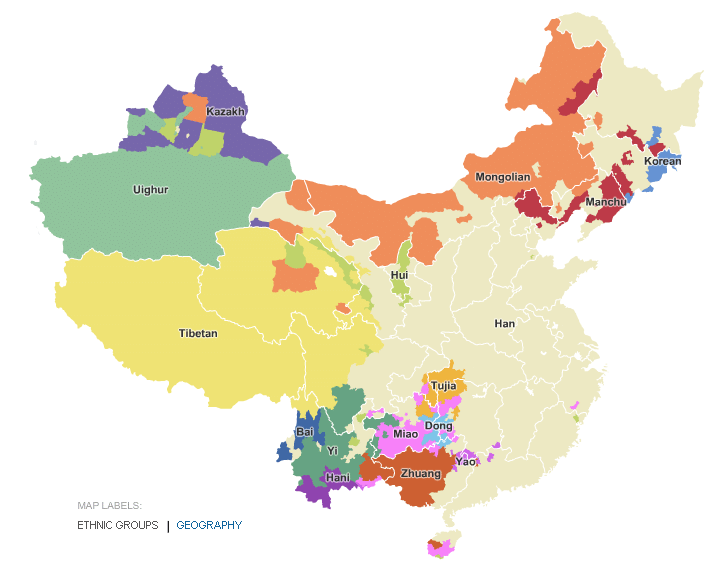
Image courtesy-ResearchGate@Simone Santo Baldi
The stark asymmetry of size among these communities profoundly impacts the ethnic mosaic of modern-day China. In a state which promotes ethnic homogeneity and a uniform Chinese identity, the socio-cultural representations of China’s ethnic minorities become problematic.
Ethnic Minorities in China
Since time immemorial, China has been a multi-ethnic country, shaped collectively by people of diverse ethnicities. Shortly after the establishment of the People’s Republic of China (PRC), formulating an efficient policy framework for minorities has been a top priority for the government. The Chinese Communist Party (CCP) government began to recognise different ethnic groups that live within its territory based on criteria adopted from the Soviet model. Concerning those criteria, an ethnic group refers to any group of people sharing: a common history, means of production, language, culture, custom, and psychological makeup.

Image courtesy-MFA China
Although less in number, they inhabit 64% of the total land, most of which is at the borders. Previously they lived in the province, autonomous regions, and municipalities directly under the Central Government. In most county-level units, two or more ethnic groups lived together. Now minorities are mainly concentrated in provinces and autonomous regions such as Inner Mongolia, Xinjiang, Ningxia, Guangxi, Tibet, Yunnan, Guizhou, Qinghai, Sichuan, Gansu, Liaoning, Jilin, Hunan, Hubei, Hainan, and Taiwan.
Regional Autonomy for the Ethnic Minorities in China
The concept of Regional Autonomy for Ethnic Minorities (RAEM) is the core of Chinese ethnic policy. The CCP first applied this concept to unify Inner Mongolia in 1947. Later it was implemented across China. Under the state’s leadership, regional autonomy means a certain degree of autonomy practised in areas where people of ethnic minority live as concentrated communities. In such regions, there are self-governing bodies established to manage the internal affairs of their region. It was practised to protect the minority’s right to self-determination. It helped combine the state policies with the local conditions of minority areas but also restrained the scope of autonomy from growing into a federal system.
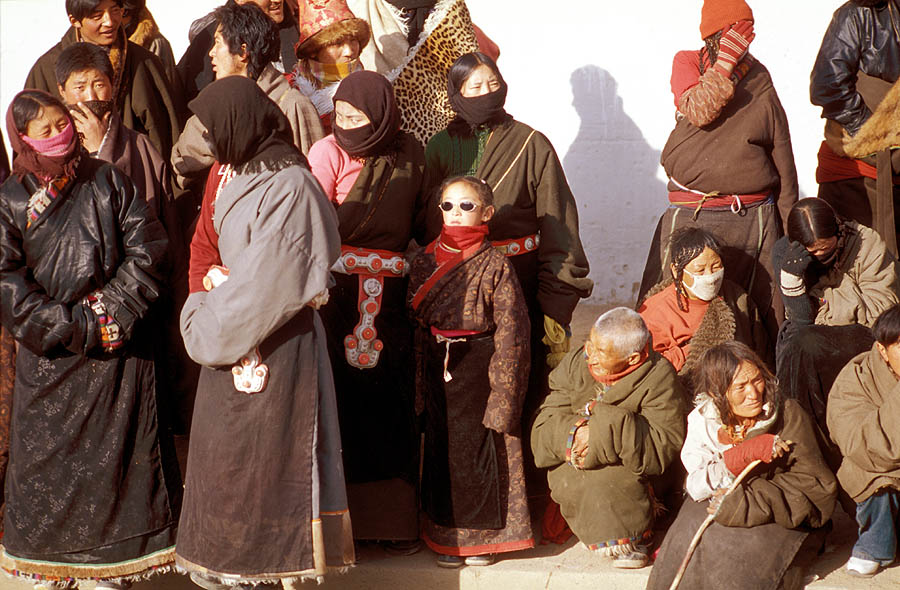
The first provincial-level region thus integrated was Inner Mongolia Autonomous Region in 1947. A Program for the Implementation of Ethnic Regional Autonomy was devised in 1952 to design its nationwide execution. In 1984, China further promulgated the Law of the PRC on Ethnic Regional Autonomy to contain systematic provisions on autonomous areas’ political, economic, and cultural rights and duties. Later four other autonomous regions were established successively: the Xinjiang Uygur Autonomous Region (1955), the Guangxi Zhuang Autonomous Region (1958), the Ningxia Hui Autonomous Region (1958), and the Tibet Autonomous Region (1965).
The Intermingling of Ethnic Minorities
In the initial years, PRC preferred the principle of intermingling (Ronghe).
“Intermingling recognises the cultural differences between the Han and others, while it does not enforce the latter’s compliance with the former.”
The policy of RAEM can be elucidated as a hybrid product of Confucian paternalism and Marxist economic determinism. It continued for decades without causing much tension. These policies are claimed to respect the ethnic minority and keep with China’s actual condition and the common interests of all ethnic groups.
Ethnic Policy of China Under Xi Jinping
When Xi Jinping took the reins in 2012, he rigorously tried to achieve long-term stability by resolving internal issues to fulfil the Chinese Dream. Thereafter, Xi has regularly stressed the need to strengthen the ‘four identifications’—identification with the motherland, the Chinese nation, Chinese culture, and the socialist road with Chinese characteristics—in his vision for the nation. Consequently, the Chinese First policy strongly promoted a singular Han identity sidelining the idea of a multi-ethnic society.
“Unlike his predecessors, who followed a preferential approach, Xi is pursuing a stability-driven approach.”
In the 18th National Congress of CCP, the Central Committee introduced Ethnic Minority Work (EMW), aimed at unifying minorities and making them a part of the national developmental framework. The EMW was launched in the context of conflicts in Xinjiang and Tibet. Xi has repeatedly stated that assimilation of minorities and economic improvements in minority regions will be made under national conditions. The political unification drive as part of the EMW is directed towards solidifying national identity, that is, Chinese identity, above every other ethnic, religious or linguistic identity.
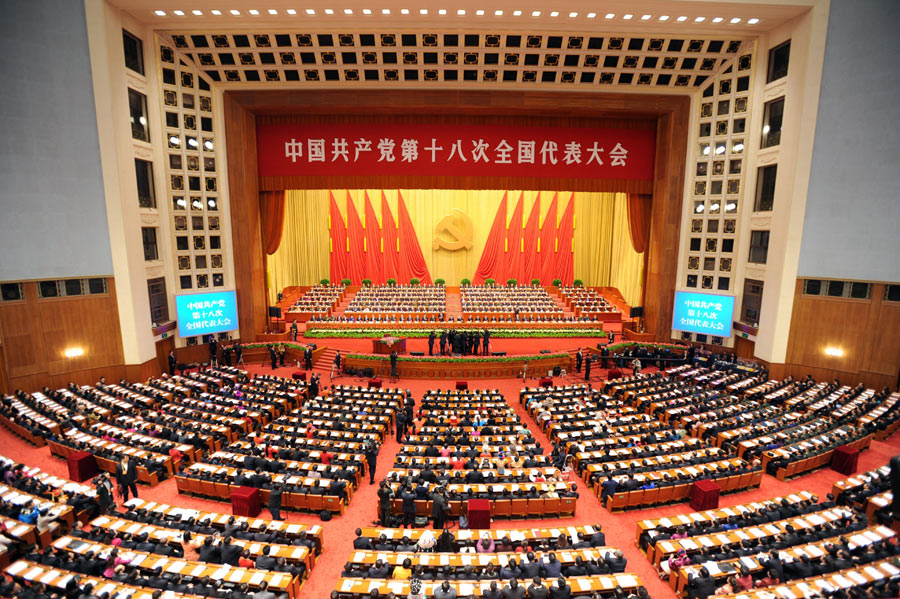
Since the conception of the Belt and Road Initiative (BRI) in 2013, regional connectivity has become a crucial concern for the government. The border regions must be politically stable and economically prosperous to secure uninterrupted trade and transport networks. Xinjiang is one of the logistical hubs for BRI. Three among six BRI’s economic corridors pass through Xinjiang. So to develop Xinjiang into a commercial and transportation hub, heavy investment in infrastructure is necessary. Therefore the system of RAEM was modified in a way to facilitate the project. To achieve this, the government is pumping huge investments and fiscal transfers to conflict-ridden regions like XUAR to resolve the inequality in economic development. However, a must prerequisite is a socio-political stability.

Image courtesy-Business Insider
Also, new industries are put in place to create more employment opportunities for minorities in their homeland. Greater urbanisation and support for inter-regional migration is another strategy followed by regional administrations to overcome the economic disparity. However, the real problem with these measures is that often the beneficiaries of this program are not the local populations but the Han immigrants who migrated to these regions as part of the ‘Settlement Policy’. Han population is much more forward in terms of skills, employability, and education. They find better jobs available in these regions.
The Case of Uyghurs
In tune with the national policy of ‘Sinicisation’, Xinjiang Uygur Autonomous Region (XUAR) authorities have instituted measures to assimilate Uyghurs into Han Chinese society and reduce the influences of Uyghur, Islamic and Arabic cultures and languages. Also, the policy implemented immense security and surveillance measures to peep into and guide the lives and traditions of Uyghurs.

Image courtesy-BBC
The government enacted a law in 2017 prohibiting “expressions of extremification”. This law intended to curtail their right to adhere to the Islamic dietary practices, dressing style, and so on. Hundreds of Mosques were either demolished or sinicised. As per estimations, the government has sent around one million officials of Han ethnicity to live temporarily in Uyghur concentrated regions.
Between 2017 and 2020, nearly 1.5 million Turkik Muslims have been arbitrarily detained in ‘re-education camps’ by XUAR authorities. However, PRC officials describe the facilities as “vocational education and training centres” where “trainees” study Chinese, learn job skills and undergo a process of “de-extremification.” Detainees, especially of Turkik Islam faith, were forced to denounce their religious practices as a condition for release.
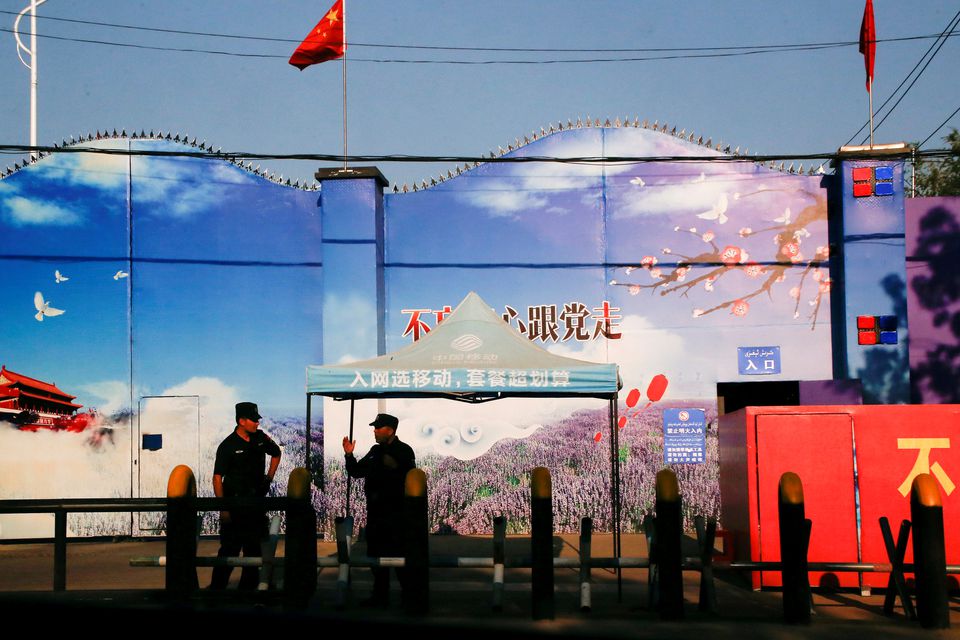
Forced labour is another tactic the government uses to pressure the community to fly from XUAR. The government forcefully moved large numbers of Uyghurs to several labour-intensive industrial bases like textiles both in Xinjiang and other provinces of China. As part of the re-education program, the detainees must attend political study classes and language classes to learn standard Chinese after work.
Accommodation vs Securitisation
Regarding social stability, Xi Jinping will likely abandon the accommodative policy, which recognises limited political autonomy. He takes a hardline approach to address the political aspirations of minorities. Xi identifies ‘three evil forces’: secessionism, extremism, and religious terrorism, threatening national existence. Since 2013 nearly one million troops have been sent to each conflict-ridden area of Tibet and Xinjiang.
The government deemed popular movements for greater autonomy as terrorist movements, and protesters were captured and put in detention camps. The party leadership in each minority province is entitled to suppress political movements that disturb stability. The drastic increase in the internal defence budget indicates the importance given to internal security.
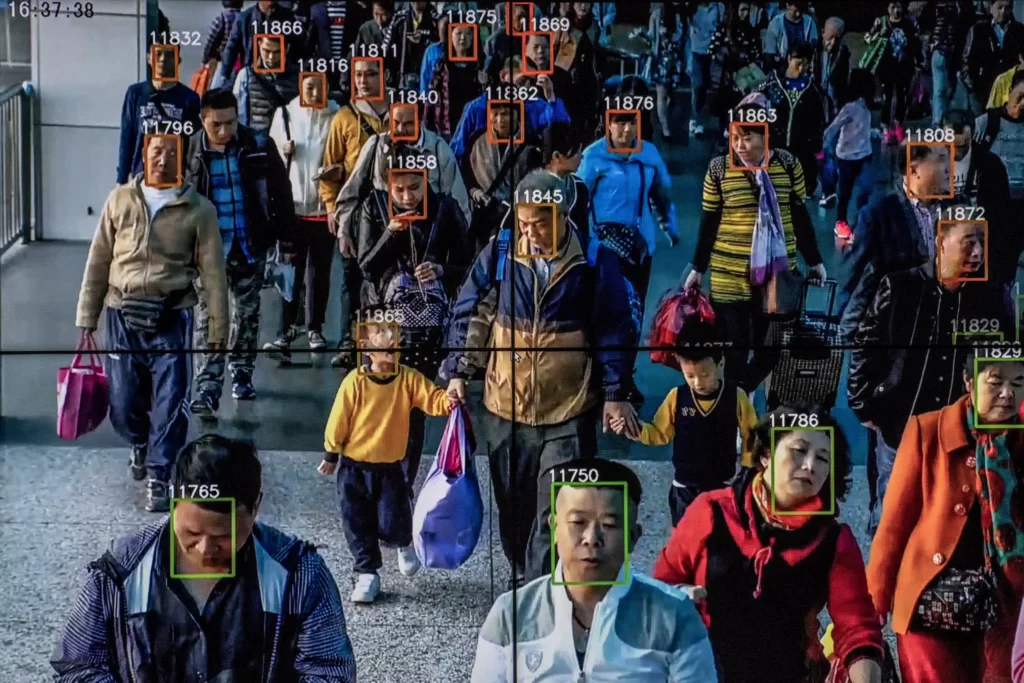
Image courtesy-The New York Times
Extensive surveillance is another strategy employed by Xi’s government to ensure compliance in minority regions. In Xinjiang and Tibet, residents are asked to install state-developed mobile applications. This application allows officials to access and monitor internet usage, communication, travel histories, and other private information.
Furthermore, the government developed facial recognition applications to obtain biometric data of citizens, mostly even without them being aware. The Han-run local leadership in these regions strictly prohibited religious practices, primarily Islamic, citing CCP’s principles of atheism. A close look at the Xinjiang region of the Uyghur ethnic community will throw light on the shift in nature and dimensions of ethnic minority policy under Xi Jinping.
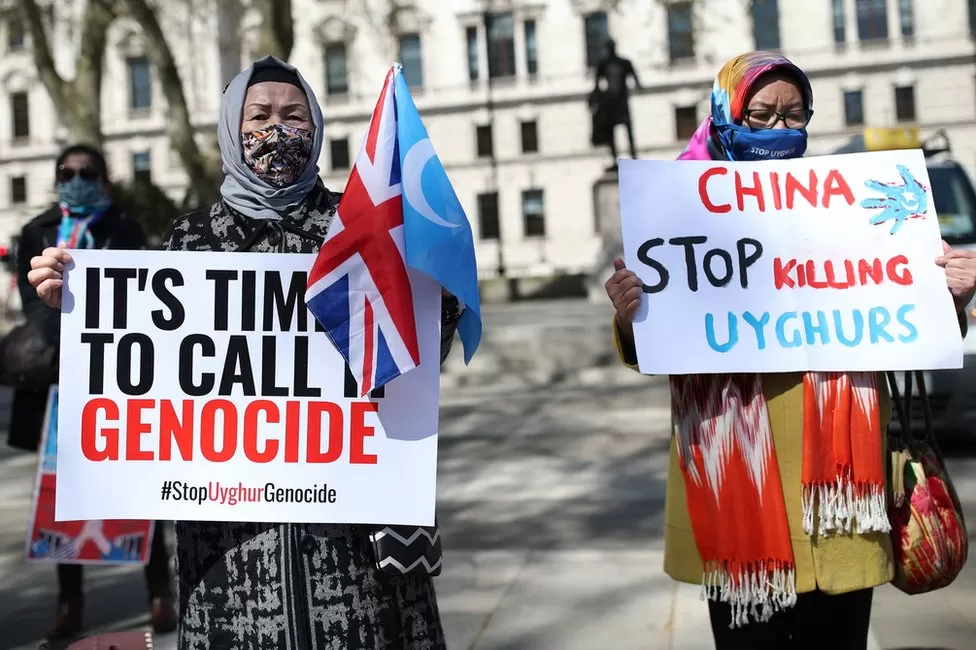
Image courtesy-BBC
Preferential treatments by granting a certain degree of autonomy seem good, but all five autonomous regions’ de facto power is vested with the region’s highest party official. The 1984 Law for Autonomy of Ethnic Minorities suggests that an individual elected from the same region’s ethnic community should hold the executive powers in each region.
However, the constitution provides for Supreme Powers to CCP in matters concerning autonomous regions. In every region, someone of Han ethnicity holds this position. Consequently, a clash of interest between the minorities and party leadership is rampant. Often this foe ends up in ethnic conflicts. Adequate representation of minorities in party positions can be a solution. Nevertheless, the general apathy and hardline approach of CCP towards such communities offer less hope.
Conclusion
At large, CCP’s fixation on immigration and inter-mingling has backfired in different ways. It irreversibly altered the demographic profile of the autonomous regions.
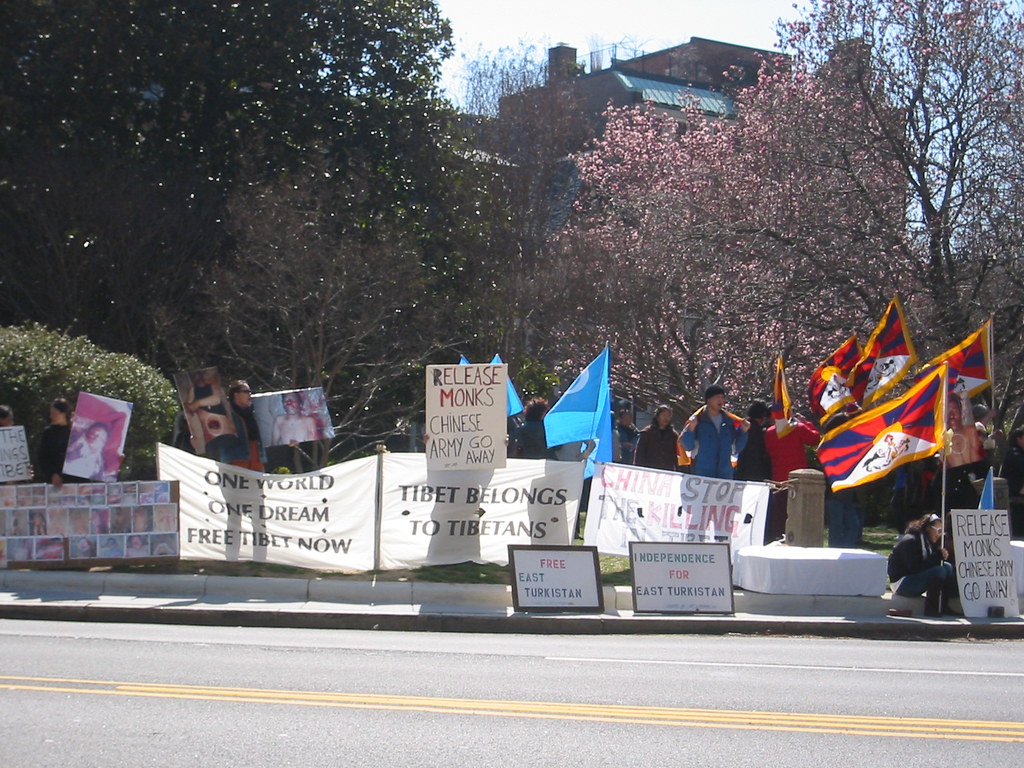
The influx of Hans led to the crumbling of the indigenous cultural and linguistic practices in their homeland. Maybe more skilful, Han began to rob job opportunities meant for local people. Eventually, they became poorer and were expelled from their own urban spaces. Thus the socio-economic status of ethnic minorities not only deteriorated, but they also felt more discriminated against than before. However, the thrust on the assimilation process could not erase ethnic consciousness; it instead solidified the same.
“The emphasis on poverty alleviation, developing resource advantages, improving infrastructure within borders, and enhancing the material wellbeing of national minorities marks a clear shift from the socio-political orientated approach of former leaderships to the socio-economic approach introduced by Xi Jinping.”
The cry for political autonomy is getting louder in provinces like Xinjiang and Tibet. Democratic protests have given way to violent demonstrations. The CCP has brutally suppressed the unrest and detained protesters. To achieve it, Beijing should come up with an accommodative approach not to silence but to address the socio-political and economic aspirations of the ethnic population, which will contribute to the national unity of China and its prospects for growth.
You may also be interested in:
RIMPAC 2022: Strategic and Geopolitical Significance of the Exercise on the Indo-Pacific
About the Author

Anaina M Raj is a freelance writer and an avid observer of world politics. She tries to explore the alternative narratives and latent dimensions of interstate and intrastate relations. She holds MA in International Politics from Jawaharlal Nehru University (JNU), New Delhi. Her research interests include international security, geopolitics, IR theory, securitisation and foreign policy.

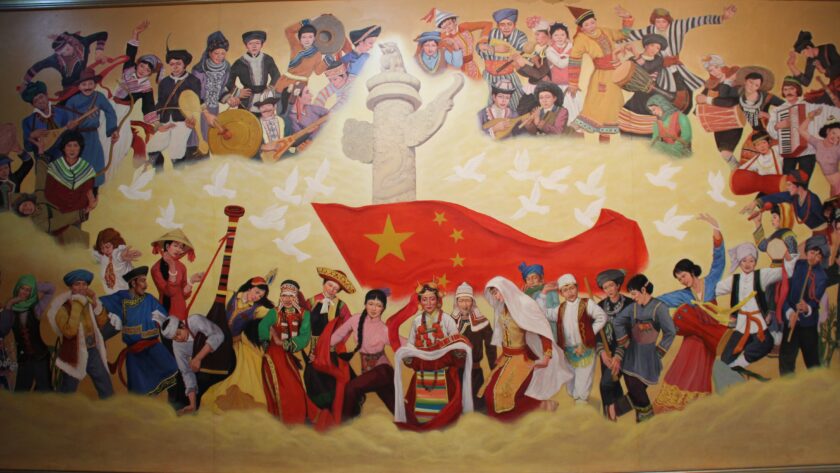





[…] China: Ethnic Minorities and the Dilemma of Pluralism […]